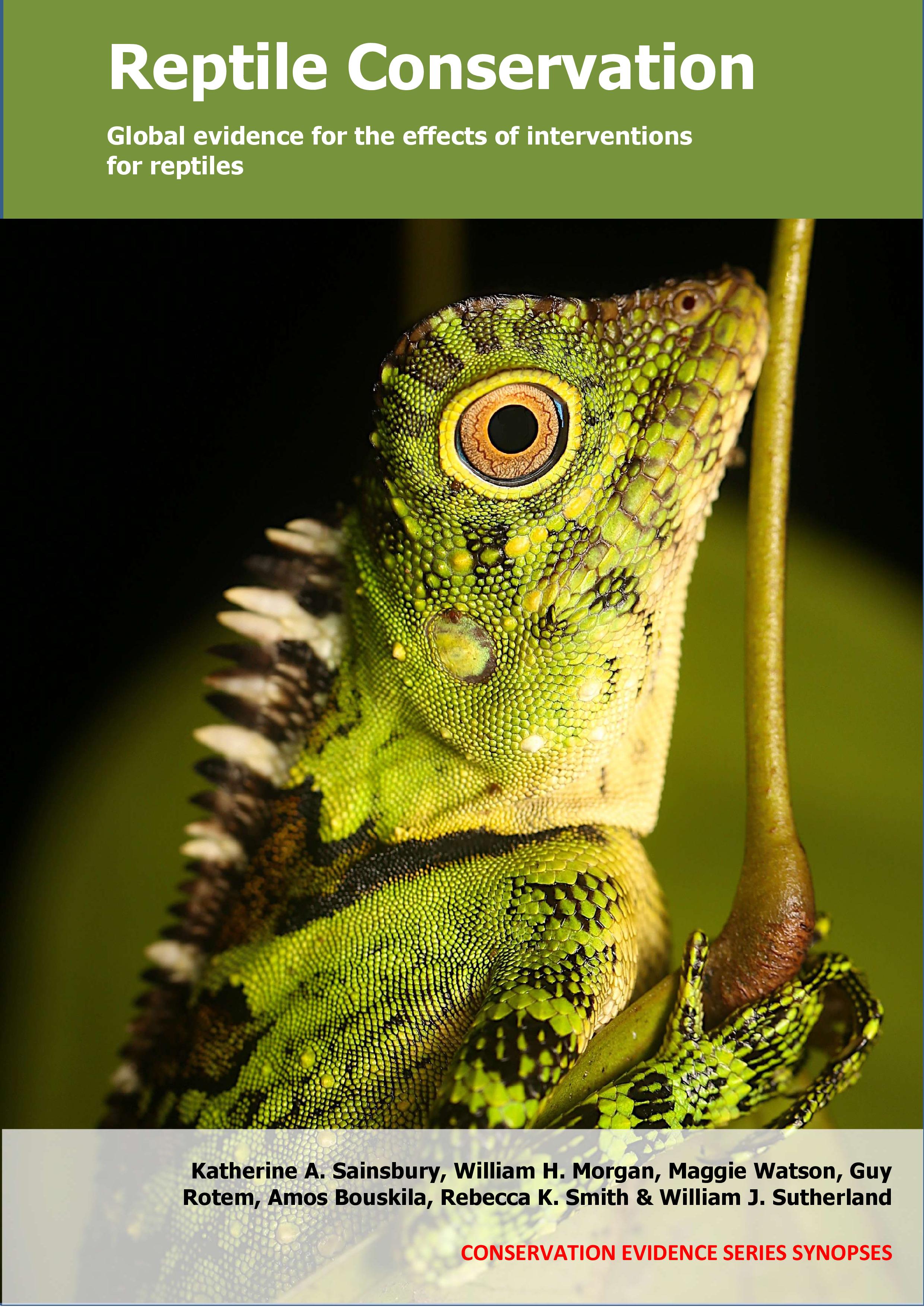Limit or prohibit specific fishing methods
-
Overall effectiveness category Awaiting assessment
-
Number of studies: 1
View assessment score
Hide assessment score
How is the evidence assessed?
-
Effectiveness
not assessed -
Certainty
not assessed -
Harms
not assessed
Study locations
Supporting evidence from individual studies
A site comparison study in 2009 on a flood plain with a variety of lakes and channels in Pará, Brazil (Miorando et al. 2013) found that areas that had community-based management (CBM) of fishing practices – including limiting use of gill-nets, seasonal fishing restrictions, protecting turtle nesting beaches and a ban on turtle trading – had more river turtles Podocnemis sextuberculata, Podocnemis unifilis and Podocnemis expansa than areas without CBM. The effect of different aspects of the management programme cannot be separated. Turtles were more abundant in areas with CBM (321 individuals) than in areas without CBM (33 individuals). For Podocnemis sextuberculata, abundance was higher in areas with CBM (14 individuals/1,000 m2 netting/12 hours) than in areas without (2 individuals/1,000 m2 netting/12 hours), and turtle biomass was also greater (with CBM: 20 kg/1,000 m2 netting/12 hours; without CBM: 3 kg/1,000 m2 netting/12 hours). The fishing agreement that formed the CBM programme had been in place for 20–30 years. While 13 communities in the area were a part of the fishing agreement, only two implemented the agreement. Turtle numbers were sampled at 14 sites (7 with CBM; 7 without CBM) in August–October 2009 using gill nets (15 nets/site; 215 m2 nets; 3 each of 5 mesh sizes) with help from local fishers.
Study and other actions tested
Where has this evidence come from?
List of journals searched by synopsis
All the journals searched for all synopses
This Action forms part of the Action Synopsis:
Reptile Conservation
Reptile Conservation - Published 2021
Reptile synopsis





)_2023.JPG)














